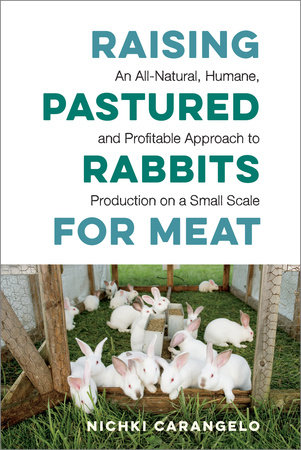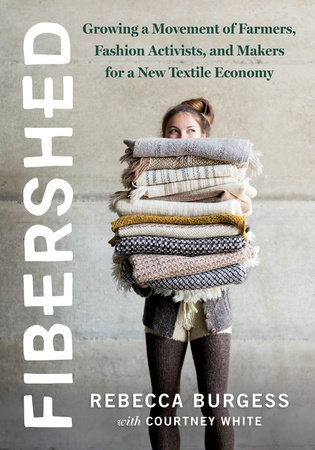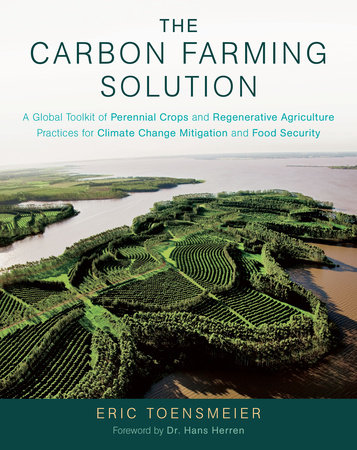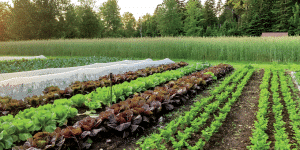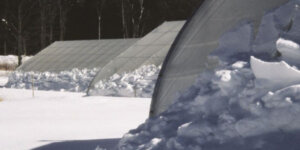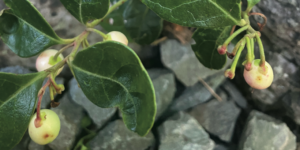Staying Warm with Rabbit Wool
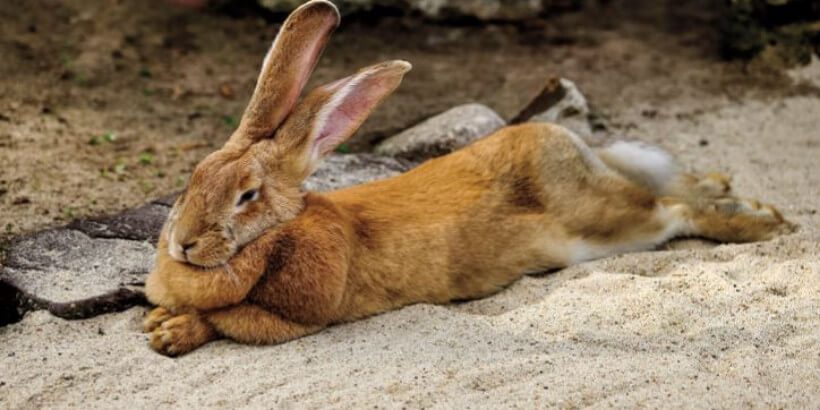
If you’ve ever received a hand-knit sweater, you’re probably thinking you have a sheep to thank for that warm wool. However, you may actually owe your gratitude to a rabbit. Humans have been using their fur for wool for hundreds of years, creating a booming fur trade. Each rabbit has a different textured coat that makes for good wool or pelt.
The following is an excerpt from Raising Pastured Rabbits for Meat by Nichki Carangelo. It has been adapted for the web.
I have been obsessed with animal breeds since way before I ever considered a career in livestock farming.
If my childhood memories can be trusted, my interest in this particular science was first born while watching the original 101 Dalmatians when I was little. In the movie there is a scene where Pongo, the canine lead, is looking out the window of his owner Roger’s apartment. Down below, humans who resemble their pets parade a variety of iconic, purebred dogs down the road.
There’s an Afghan hound striding alongside a tall, lean woman with long, straight hair, an elegant poodle leading a haute Londoner, and a little, round pug trotting beside a little, round lady. The fact that somehow, over the span of a millennium, humans managed to take some wild canid and, from it, magically develop the perfect companion for each one of us, wildly different as we are, had me awestruck. Today I still think it’s all really cool, and I love learning about what makes each breed of animal special.
The technical term for breeding and raising domestic rabbits is cuniculture (cuniculus is the Latin word for “rabbit”). As far as we can tell, humans have been practicing cuniculture for at least 1,500 years, and over the course of that millennium and a half we have managed to create more than 300 breeds of rabbits throughout 70 countries. Of these, the American Rabbit Breeders Association (ARBA) recognizes 49, which, for the cuniculturalist’s purposes, can be divided into three categories based on usage.
Rabbits for Wool
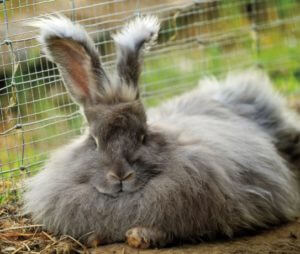
Angoras are a fiber breed of rabbit, known for their soft wool. Photo by gygyt0jas.
Most people think of sheep when they think of wool, but in actuality this soft, curly, ever-growing hair can come from many different animals. Goats, alpacas, cattle, and even camels are used to manufacture wool all around the world. When it comes to rabbits, the Angora is the most commonly used breed for wool production. Producers harvest their long hair by shearing it or combing it loose.
The wool from Angoras is exceptionally fine and renowned for its softness, warmth, and fluffiness. Jersey Woolies, Lionheads, and American Fuzzy Lops are also wool-breed rabbits, but because of their small size, they are typically kept as pets and show animals rather than for fiber production.
Because these types of rabbits have been bread for fur quality rather than meat quality, I would not consider these breeds if meat production is the primary goal. Wool rabbits require regular brushing and other special treatment that meat breeds do not, so while meat could very well be the by-product of a wool operation, wool is unlikely to make sense as the by-product of a meat operation.
Rabbits for Fur and Pelts
Some rabbits have been specifically bred for the purpose of fur trading. Fur rabbits typically have short, shiny coats rather than the long, fluffy hair of their wool-breed counterparts. Their pelts, which are skins with the fur still attached, can be used for hats, ballet shoes, gloves, and many other clothing items.
Rex, Satin, and Silver Fox rabbits are the most commonly used breeds for fur production because of their large size and desirable coat qualities. Fur rabbits must be raised to maturity (at least five months) in order to obtain pelts that are large enough and of high enough quality. Both rabbit wool and rabbit fur markets are marginal in the United States, so most producers of these breeds are hobbyists.
Recommended Reads
The Future of Sustainable Fashion: A “Farm-to-Closet” Vision
Recent Articles
No heated greenhouse? No problem! Discover the secrets to thriving winter gardening without breaking the bank.
Read MoreWintergreen is the stunning evergreen groundcover that’s a game-changer for your garden! It’s cherished for its aromatic leaves, vibrant fall color & bright berries.
Read MoreYear-round growth without the hefty price tag of a greenhouse? Low tunnels are the cost-effective and flexible solution you’ve been looking for. Grow year-round with low tunnels!
Read MoreGrow winter carrots for a sweeter & more flavorful harvest! Ditch the bland, store-bought carrots this winter! Grow your own winter carrots for a sweeter and more flavorful twist 🥕🥕
Read More

